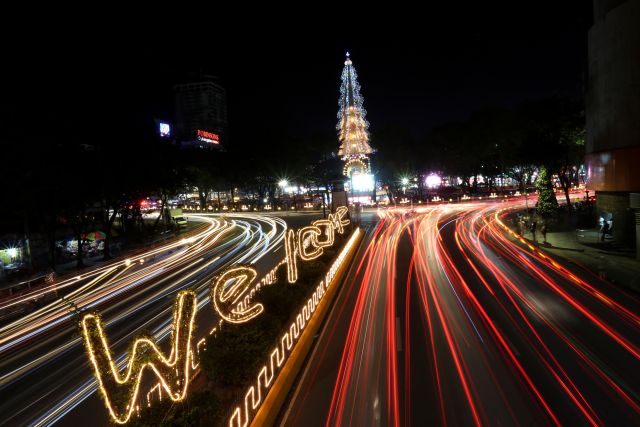CEBU CITY—Getting recognized as a creative city of design by the United Nations Educational, Scientific and Cultural Organization (UNESCO) is not the ultimate goal for Cebu City’s efforts to get this distinction.
Read: Unesco designates Cebu as ‘Creative City of Design’
Instead, being recognized as a UNESCO creative city of design meant it was time to embed the design mindset in all sectors, said MATIQ Hub board member Butch Carungay in a phone interview.
MATIQ Hub is a multi-disciplinary enabling space which focuses on the use of indigenous Materials, Art, Technology, Innovation and Qi.
“I’m so happy. Now the real work starts,” Carungay said.
He noted that they would start to implement the action plan generated during the preparation for the bid to get recognition as creative city of design, which he said is the highest classification for creative cities.
Read: Rama to encourage Cebu’s youth to be more creative and innovative
In past interviews, Carungay said the action plan included the setting up of a museum for design, which would serve as a repository or focal point for the design community.
The design museum would serve as a converging point, a place to be inspired, a place to realize one’s ideas and to actualize, he said. It would provide a venue for those, who have design ideas but does not have access to a facility to realize their design.
MATIQ has been talking to a potential site for the museum, which would have seven galleries. The galleries would feature painting, sculpture, furniture and fashion, among others.
“We will have a maker’s space, which would be both digital and analog. So, you have a traditional craftsman, but you also have the latest digital prototyping such as 3D printers, laser scanners,” Carungay said.
According to Carungay, everyone, including government agencies, the private sector and the community, has a role in further developing Cebu City as a creative city of design.
“It (design thinking) should be embedded in everything, from the roads you travel on, the products you consume and how do we really live. A lot of that is not even thought about,” he explained.
Carungay explained that getting this recognition also brings economic benefits.
“It gives everyone the bragging rights. It enhances everyone’s prestige and gives everyone more opportunities,” Carungay said. “For a long time, creativity in Cebu were stunted because we were eclipsed by tourism and the (BPOs) business process outsourcing.”
Carungay, Department of Trade and Industry (DTI) Central Visayas regional director Aster Caberte, assistant regional director Nannette Arbon and Cebu provincial director Hope Melgar are on a UNESCO-sponsored study tour to Singapore and Bandung, Indonesia as part of the efforts to further strengthen design thinking in Cebu.
Meanwhile, Cebu City Mayor Edgardo Labella is committed to support programs to further strengthen design thinking in Cebu.
“We are thankful that UNESCO recognized Cebu City as a creative city. Let us not rest on this recognition, on this outstanding feat. Let us do more. Let us aspire for Cebu City will become as one the most livable city. The government will not only be supporting but we will also be promoting,” Labella said.
He noted that creativity also shows how people in Cebu City can innovate and make new ideas and put into reality. “We have lots of them (creative persons) in Cebu City,” the mayor added.
Aside from Cebu City, UNESCO also recognized as creative city of designs eight other cities on October 31, 2019. These are Asahikawa, Japan; Hanoi, Vietnam; Bangkok, Thailand; Baku, Azerbaijan; Muharraq, Bahrain; Fortaleza, Brazil; Queretaro, Mexico; and San Jose, Costa Rica.
In a press statement, UNESCO director-general Audrey Azoulay explained that “these cities, each in its way, make culture the pillar, not an accessory, of their strategy.” /bmjo
